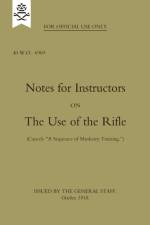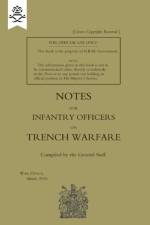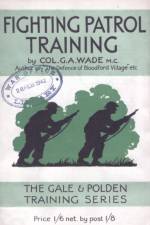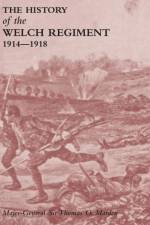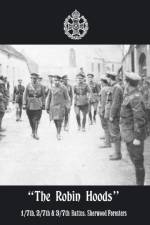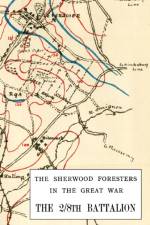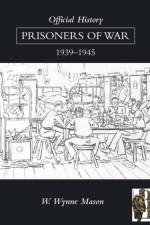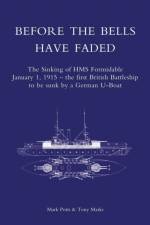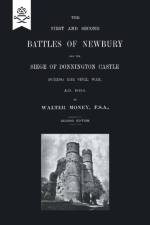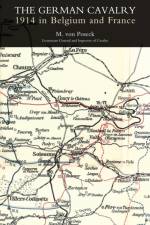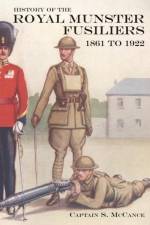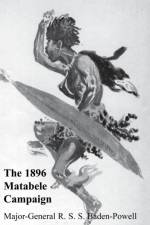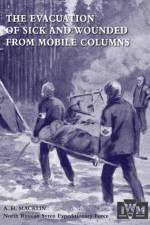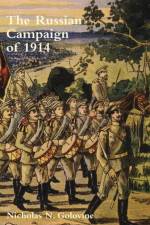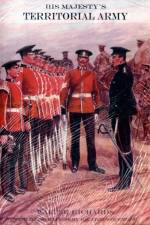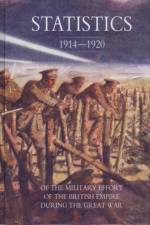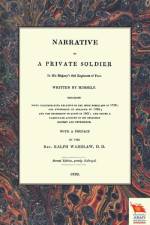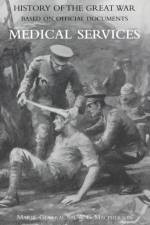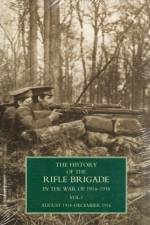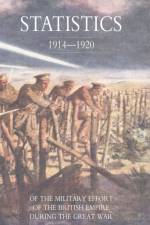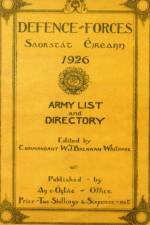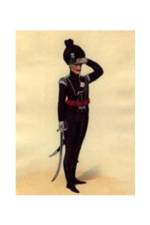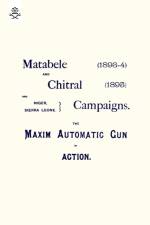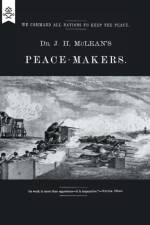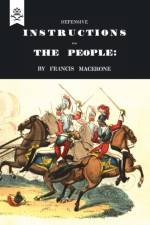av Walter Money
305
The two battles of Newbury, fought midway through the Civil War, were missed opportunities to end the fighting, since both ended indecisively, but they were hard-fought actions involving some of the Civil War's best known commanders. The first battle, fought in September 1643, was a virtual repeat of the battle of Edgehill, the opening battle of the war, fought between the same commanders - Charles I and the Earl of Essex. The Royalists deployed first, but Essex made better use of the ground and a day's fighting , which cost 3,500 casualties, failed to give either side a decisive advantage. Horrified by the bloodshed, Charles I refused to renew the struggle the next day.The battle is notable for the virtual suicide of Lord Falkland, the King's Secretary of State, who, depressed by the fratricidal conflict, deliberately plunged into the heat of the action, successfully inviting death.The Second Battle of Newbury in October 1644 followed the Royalist triumph at Lostwithiel in Cornwall. Charles I returned from the West Country to lift the sieges oi Basing House and Donnnington Castle. A combined Parliamentary force commanded by Sir WIlliam Waller of the Southern Association and the Earl of Manchester leading the Eastern Association faced him. The Parliamentarians divided their army, hoping to surprise and outflank the Royalists, but Waller's attack from the north was unsupported by Manchester who claimed he did not hear the signal cannon to attack. When battle was joined a bloody engagement resulted, characterised by cavalry charges by Lord Goring's Cavaliers and Ollver Cromwell's Ironsides. Once again, however, there was to be no decisive victory and the Royalists were able to raise the Roundhead siege of Donnington the following month. Parliamentary disappointment at the result of the battle led to the Self-Denying Ordnance and the replacement of Essex and Manchester by the more capable Cromwell and Fairfax, as well as the formation of the war-winning New Model Army.This is a full and well-illustrated late Victorian account of both campaigns and an indispensible addition to the library of any CIvil War student.


